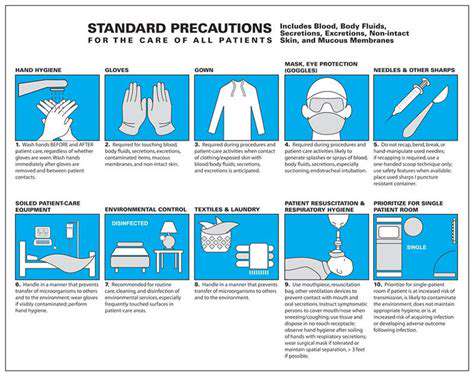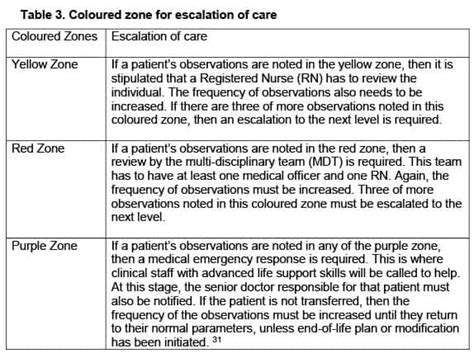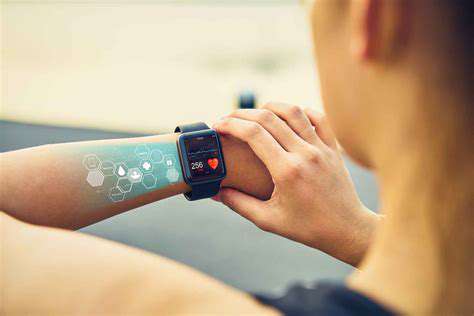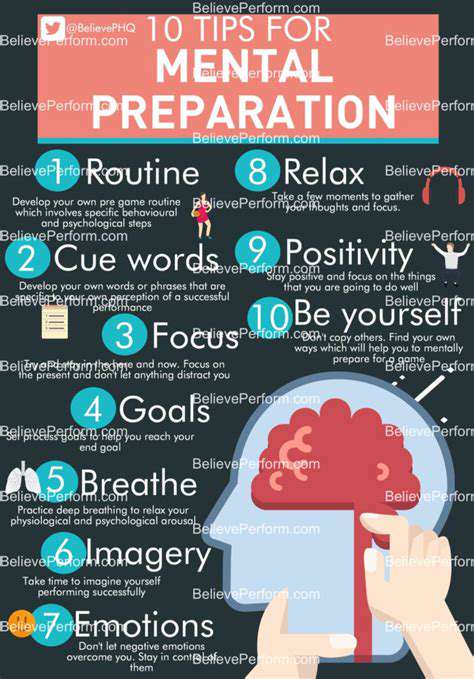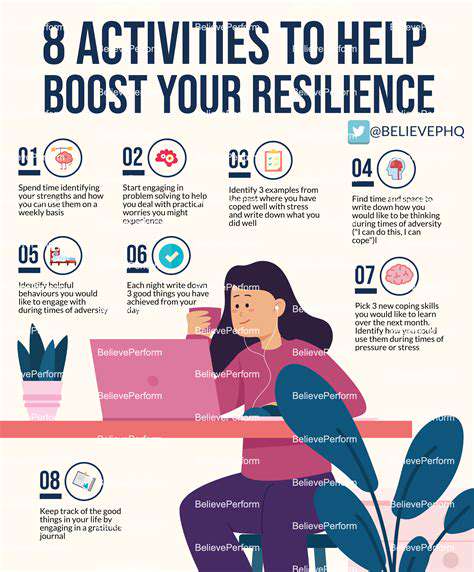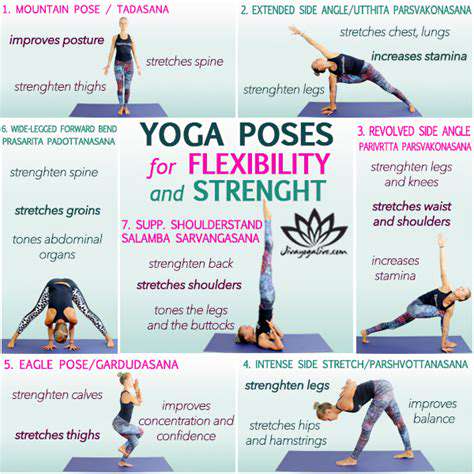Anatomy Explored: The Intricacies of the Human Hand
List of Contents
- The human hand is composed of 27 bones, including the carpal bones, metacarpals, and phalanges
- The eight carpal bones of the wrist form the basic structure for flexible movement
- Five metacarpals support the palm and transmit force
- Fourteen phalanges enable fine motor control
- The significant differences in hand structure between humans and primates
- Health issues that may arise from skeletal injuries
- The mechanism of cooperation between extrinsic and intrinsic muscles
- The key role of tendons in force transmission
- Common types of hand injuries and coping strategies
- The importance of daily hand care
- Characteristics of hand function degradation in the elderly
- The core value of rehabilitation training for functional recovery
Analysis of the Skeletal Structure of the Human Hand
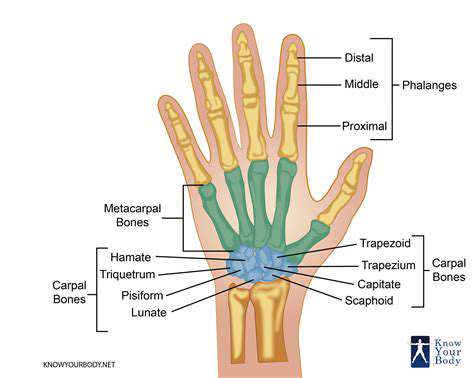
The Precision Design of the Carpal System
The wrist area is comprised of eight uniquely shaped carpal bones, which are arranged in a complex way to form a three-dimensional structure. This unique structure acts like a natural shock absorber, capable of withstanding pressure and allowing for multi-axial movement. Clinical observations show that the scaphoid and lunate bones are the most prone to fractures during falls, especially when the impact force generated by the palm hitting the ground exceeds the bone's tolerance threshold.
Functional Characteristics of the Metacarpals
The five metacarpals form the primary framework of the palm, with length gradients creating a natural arc. Notably, the second metacarpal, being the longest, bears the main impact force during fist clenching, which explains why boxers are more prone to fatigue fractures at this site. The joints formed between the bases of the metacarpals and the carpal bones allow for slight rotation of the palm to accommodate different gripping angles.
The Mechanical Principles of the Phalanges
- The proximal phalanges connect to the metacarpals via hinge joints
- The middle phalanges feature bony grooves for the passage of flexor tendons
- The ungual tuberosity at the distal phalanges supports nail growth
The hinge-like structure of the interphalangeal joints appears simple but incorporates precision mechanical design. When the fingertips contact objects, stress is transmitted from the phalanges to the metacarpals, allowing us to grasp eggs with a force of 500 grams without breaking them while also being able to exert several kilograms of grip strength.
The Evolutionary Perspective on Hand Structure
Comparing the hand samples of chimpanzees shows that the length of the human thumb metacarpal has increased by 17%, while the index finger metacarpal has shortened by 12%. This proportional change allows the thumb tip to easily touch the tips of the other four fingers, creating a unique ability for opposition, which is fundamental for tool use and fine manipulation.
Key Points for Maintaining Bone Health
Weight training effectively stimulates an increase in the density of the trabecular bone of the metacarpals; studies show that grip training three times a week can increase bone density by 8-12%. Combining vitamin K2 with calcium supplementation can optimize the bone mineralization process, which is particularly important for individuals who experience excessive load on the carpal bones due to prolonged use of electronic devices.
The Synergistic Mechanism of the Muscle-Tendon System
The Dual Structure of the Power System
The extrinsic muscles function as the engines of the hand, providing the main power needed for gripping. For example, when the deep flexor muscle tendon passes through the narrow carpal tunnel, the synovial fluid in the sheath can reduce frictional resistance by 80%, allowing us to write continuously for hours without fatigue.
The Biomechanics of Tendon Sliding
The pulley system of the flexor tendons is a natural engineering marvel, consisting of seven ring-shaped pulleys and crossed pulleys to form a guiding device, ensuring the tendons maintain the optimal angle of force application during joint flexion. When gripping, the tension on the tendons can reach 3-4 times body weight, explaining why overuse can easily lead to tendonitis.
Neuro-Muscular Control for Fine Manipulation
The internal muscle groups formed by the lumbrical and interosseous muscles allow for millimeter-level precision control by making minute adjustments to the phalangeal angles. Pianists, for instance, can achieve 5-7 cycles of contraction and relaxation per second with these muscles, and this high-speed coordination ability can improve by more than 30% with long-term training.
Injury Prevention Strategies
Adopting an intermittent work pattern can effectively prevent tendon injuries; it is recommended to perform 2 minutes of stretching exercises after every 25 minutes of hand activity. Research targeting software developers shows that a customized training program can reduce the incidence of carpal tunnel syndrome by 42%.
Advancements in Regenerative Medicine
Bioengineered tendons have entered clinical trial stages; this technology uses autologous stem cell cultivated grafts, which have demonstrated 98% mechanical similarity to traditional tendons in animal testing, and is expected to be applicable in clinical treatment within the next five years.
Neurological Regulation of Sensation
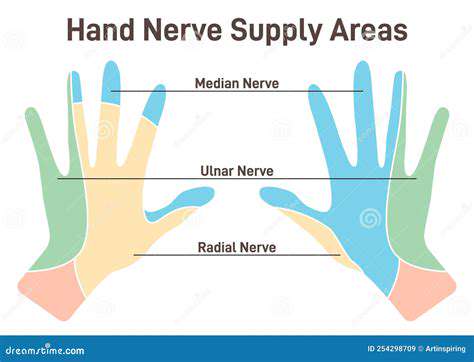
Encoding and Transmission of Tactile Signals
Each square centimeter of the fingertip is covered with over 300 mechanoreceptors, which form a high-density sensory network capable of identifying material differences within 0.1 seconds, five times faster than the most advanced tactile sensors. When in contact with a surface, various frequency vibration signals are transmitted to the central nervous system at a speed of 60m/s via Aβ fibers.
Rehabilitation Pathways for Sensory Restructuring
Using a multimodal sensory training approach can enhance nerve conduction velocity by 25%, such as alternating the use of tools with different textures, like brushes and sandpaper, to stimulate the skin. Clinical data indicates that systematic sensory re-education can restore tactile resolution to 85% of pre-injury levels.
Guide to Prevention and Treatment of Common Hand Disorders
Key Nodes for Fracture Repair
Proper handling of metacarpal fractures in the first 72 hours is crucial; maintaining the wrist joint in a 15-degree dorsal extension while using an aluminum splint can reduce the risk of malunion by 23%. New biodegradable internal fixation materials have decreased the rate of secondary surgeries from 18% to 5%.
Stepwise Treatment of Tenosynovitis
Ultrasound-guided medication injections can target the affected tendon sheath precisely, extending the duration of the treatment effect to 2.3 times that of traditional methods. Combined with shockwave therapy, the pain index of chronic tenosynovitis patients can decrease by 47%.
Comprehensive Management of Hand Health
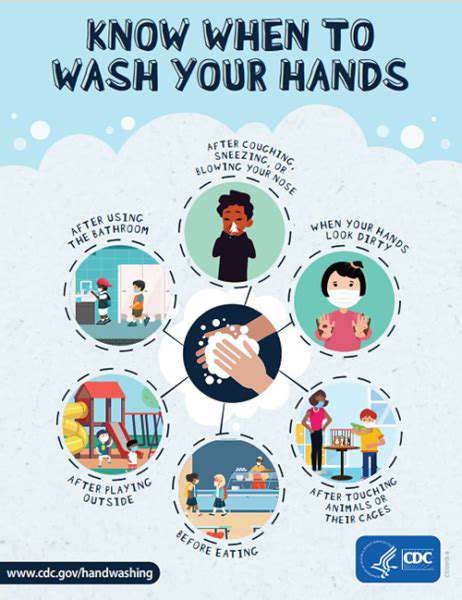
Protection Strategies for All Ages
Children should focus on hand coordination training, teenagers need to prevent sports injuries, middle-aged individuals should prioritize occupational strain prevention, while elderly populations should enhance joint protection and sensory maintenance training. Epidemiological surveys have shown that systematic hand care can reduce the occurrence of functional disorders by 55%.
Innovative Solutions for Functional Compensation
- Smart orthoses for real-time monitoring of grip strength distribution
- Surface electromyography-controlled prosthetics for fine manipulation
- Virtual reality technology-assisted rehabilitation training
After adopting an immersive rehabilitation system, the time taken for patients to recover hand function is shortened by 40%, with the motion accuracy error controlled within 2mm, meeting the precision requirements of surgical suturing.
